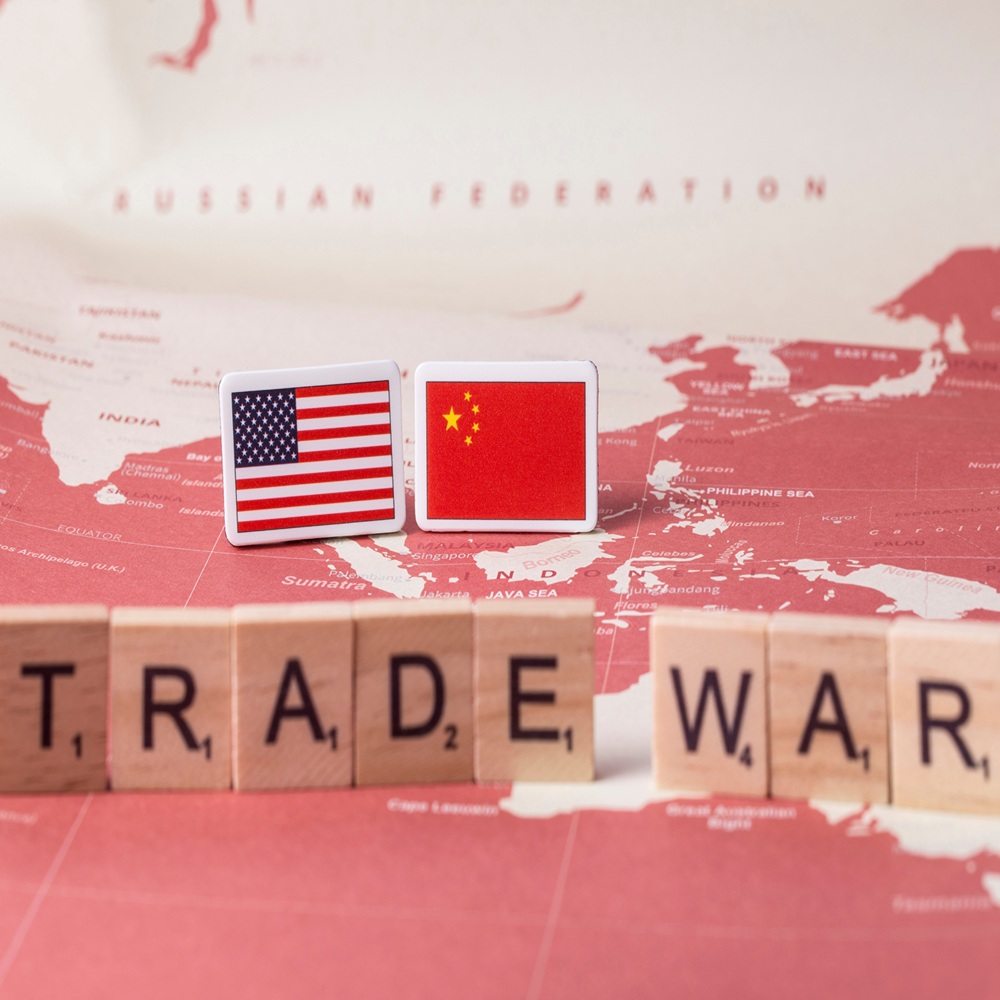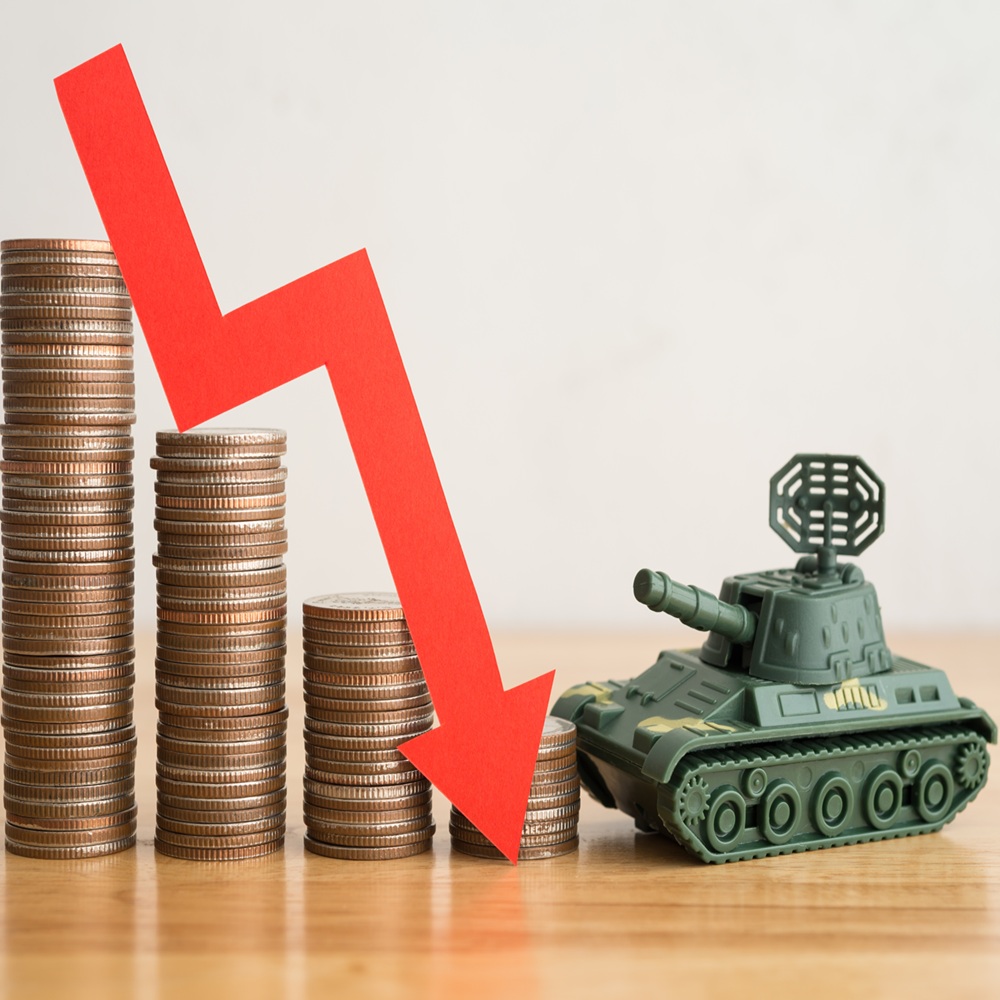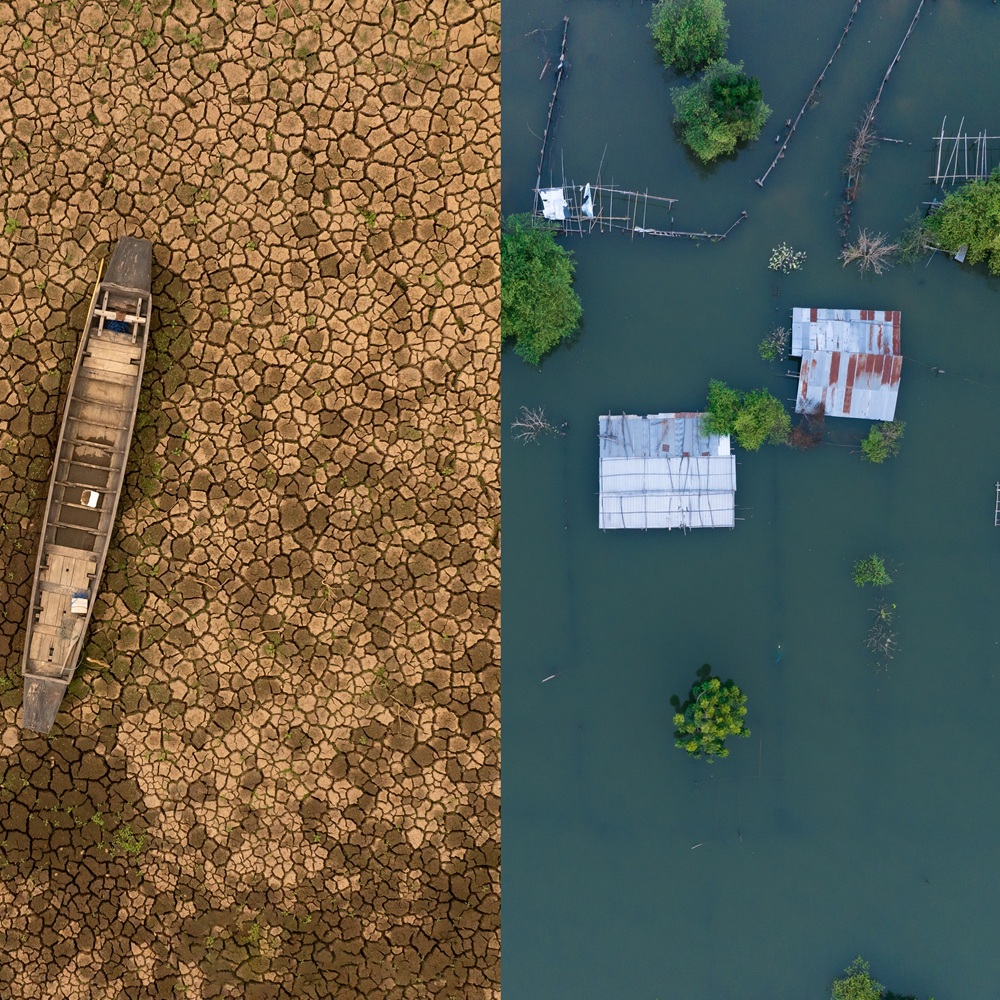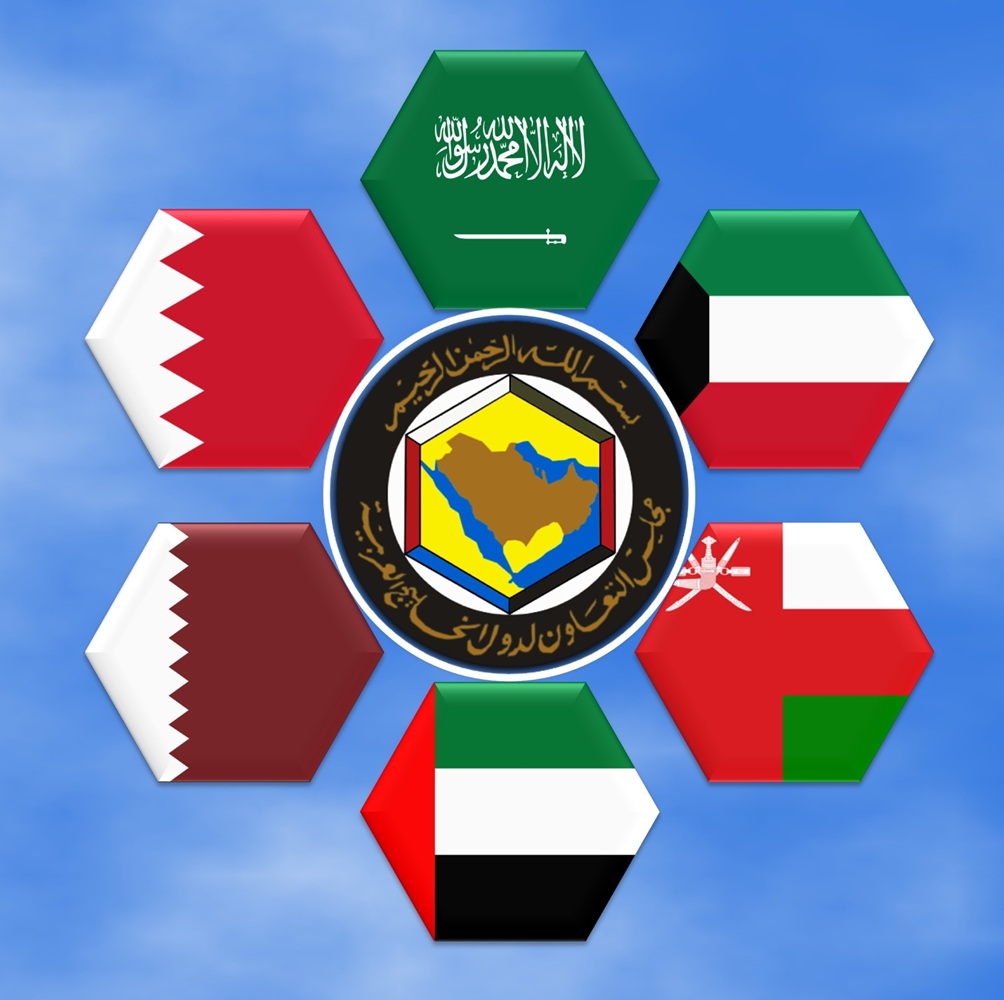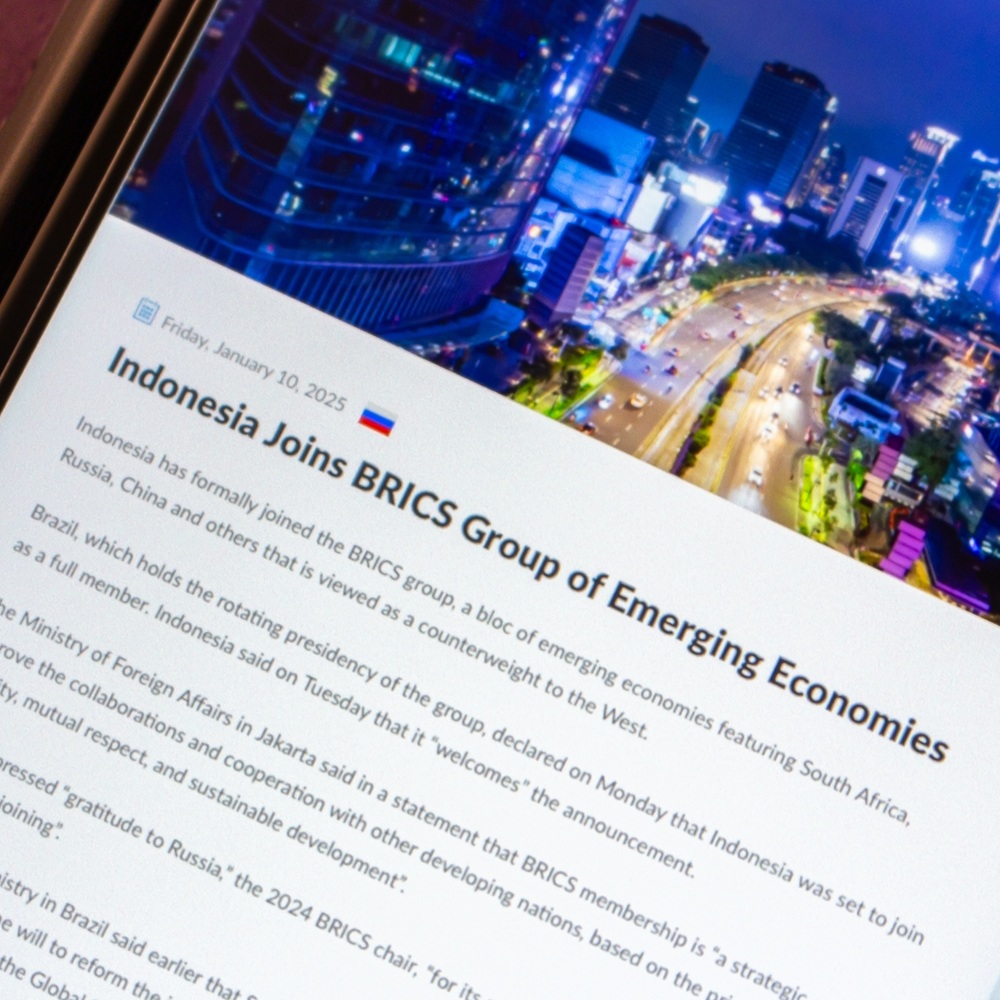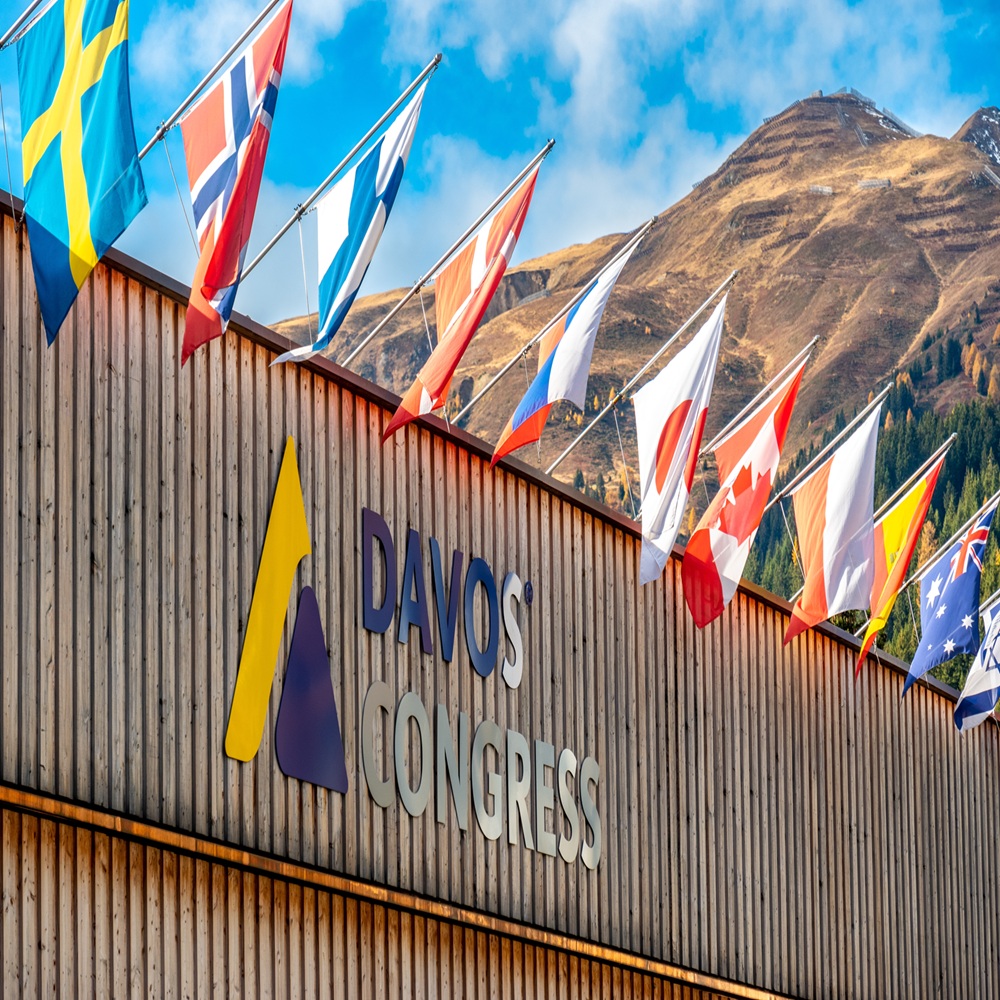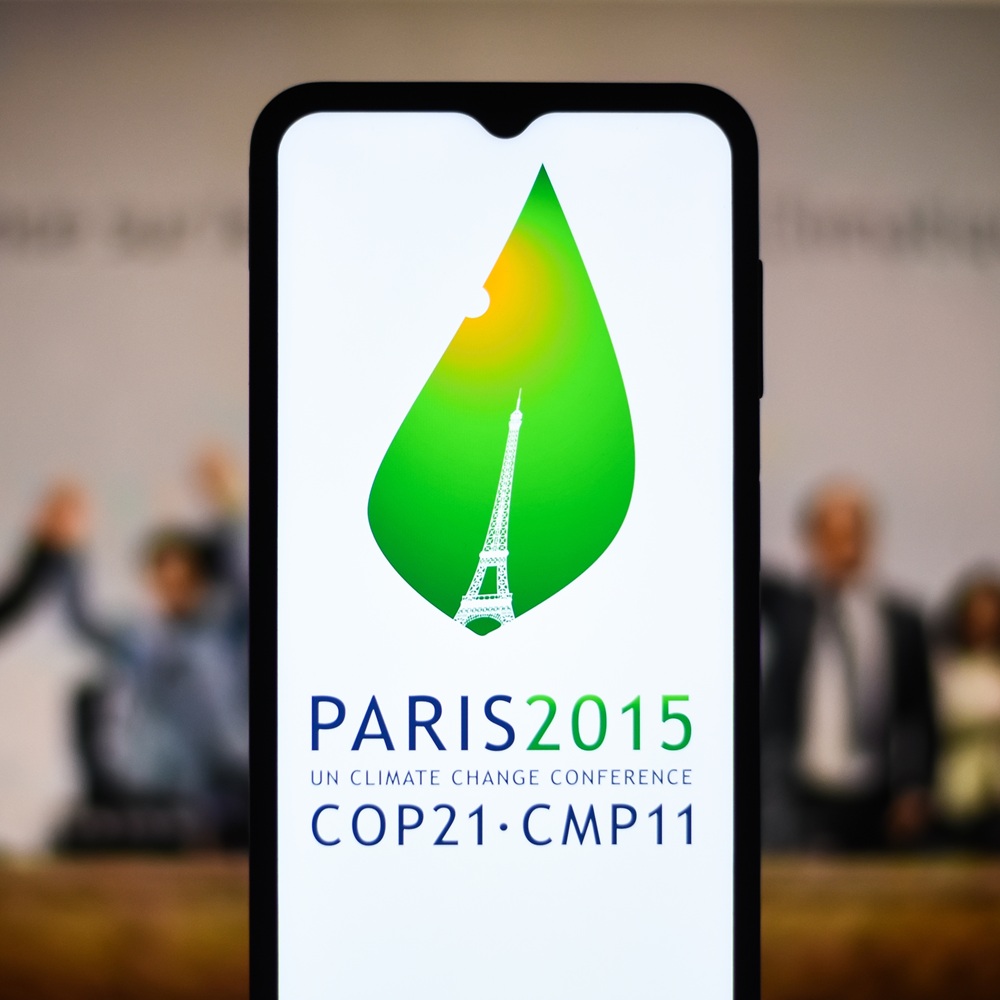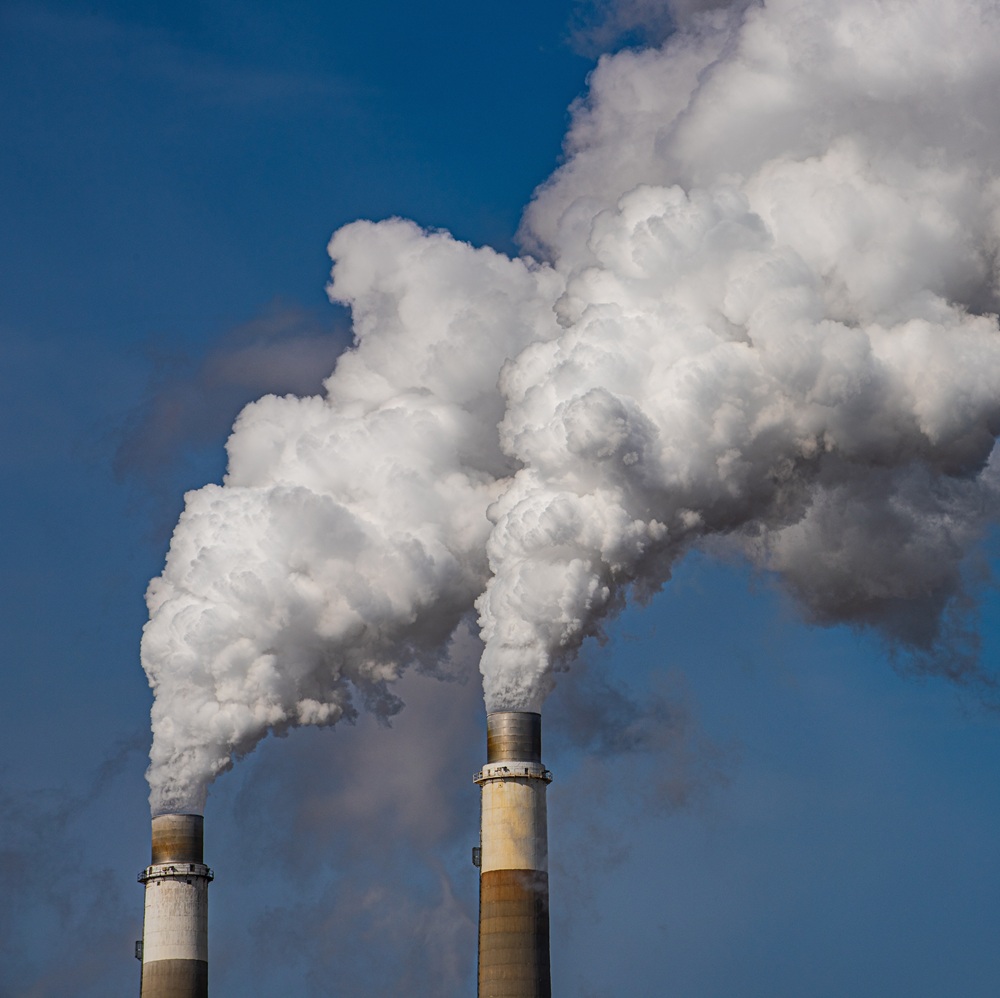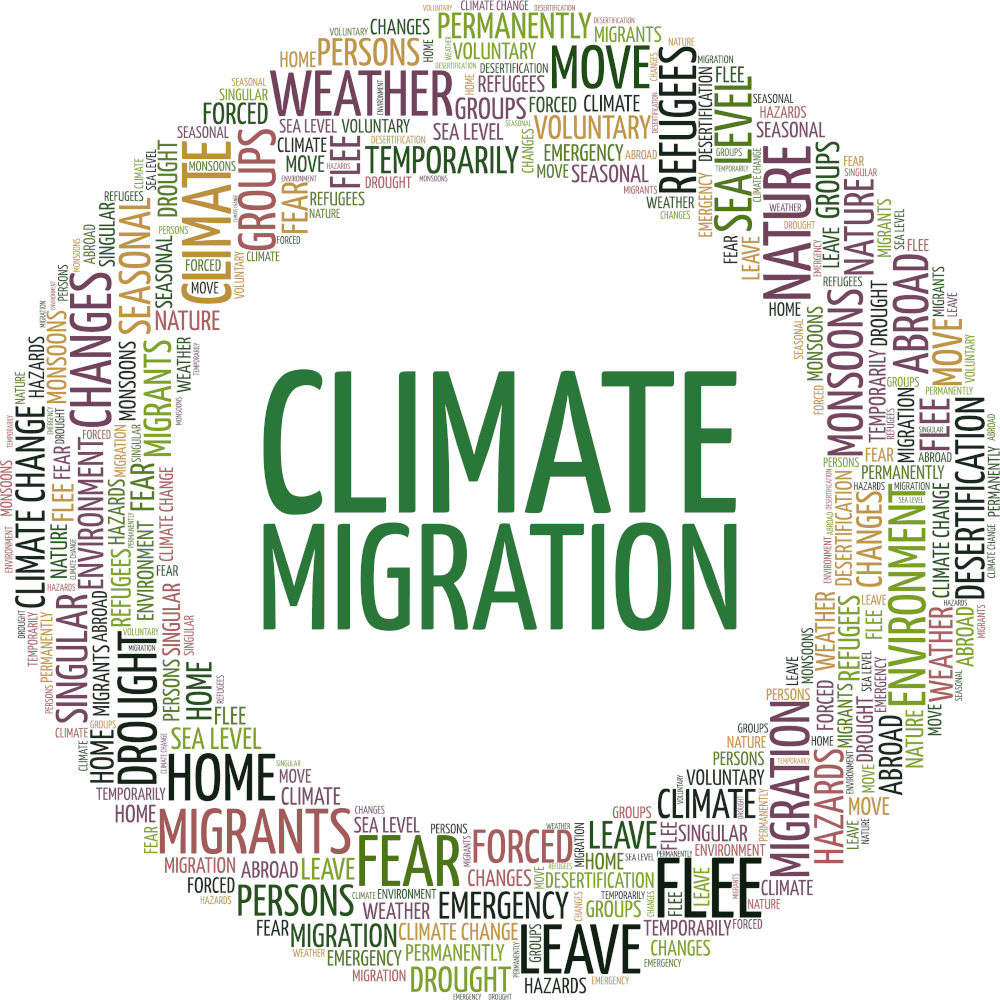
Pathways to respond to climate change, forced displacement, and conflict challenges
by Edoardo Borgomeo , Anders Jägerskog
한국어로 읽기 Leer en español In Deutsch lesen Gap اقرأ بالعربية Lire en français Читать на русском Abstract The collision of climate impacts with forced displacement and conflict renders efforts to promote peace and development particularly challenging. Most of the academic literature to date has focused on exploring and predicting causal links between climate change, conflict, and forced displacement. Much less attention has been paid to the need to inform actual policy interventions and responses, particularly to support climate-resilient development. Here, we address this gap and develop a decision framework to inform long-term climate responses in contexts affected by conflict and forced displacement. Building upon previous World Bank policy reports and the authors’ professional experience, we suggest that a focus on decision pathways can help inform a long-term, development response to conflict, forced displacement, and climate challenges. Pathways capture the sequence of interventions that are required to reduce climate risks in contexts affected by conflict and forced displacement. They also offer an opportunity for aligning climate change adaptation interventions, such as water storage or flood embankments, with peacebuilding and stabilization initiatives. Case studies from Lebanon and South Sudan are discussed to illustrate the pathways approach to climate adaptation in contexts affected by conflict and forced displacement. 1. Introduction Research and policy analysis on climate change, migration, and conflict have expanded significantly in recent years (Swain et al., 2023; Von Uexkull and Buhaug, 2021). Attention has been mostly devoted to answering questions of causality, trying to unpack the complex causal linkages between these issues (e.g., Abel et al., 2019), and viewing climate as a “driver” of security risks. While research on causality has yielded important insights into some of the potential channels through which climate change might affect human mobility and conflict, it has also been criticized for its lack of nuance and context sensitivity (Brzoska and Fröhlich, 2016). Moreover, it has led to some statements about conflict–climate relationships, especially in the context of the Syrian civil war, that largely fail to account for broader political economy considerations and are, as such, unhelpful from a policy perspective and unwarranted from a scientific perspective (Daoudy, 2020; de Châtel, 2014; Fröhlich, 2016). Here, we argue that rather than attempting to quantify and model causal linkages between climate, migration, and conflict, research should focus more on questions of policy and intervention design. This will address urgent needs to anticipate people’s movements and to find lasting solutions to displacement caused by conflict- and climate-related factors (African Union and International Organisation for Migration, 2024). A focus on solutions and policy design will also support governments in conflict-affected areas in adopting a position on climate security and in prioritizing scarce development resources to address climate security risks (International Crisis Group, 2025). A focus on policy and intervention design requires understanding two sets of interactions. First, the impacts of climate risks—encompassing hazard, exposure, and vulnerability—on efforts to address protracted conflict and migration. For example, there is little knowledge of the drought and flood hazards faced by forcibly displaced populations living in refugee camps under high-end climate change scenarios, or of the effects that short-term humanitarian responses to flood hazards might have on exacerbating long-term flood exposure in conflict-affected areas. Second, the impacts of efforts to advance climate change adaptation or mitigation on forced displacement and conflict risks. For example, there is little knowledge of the potential conflict and forced displacement risks arising from investments in climate infrastructure (e.g., flood embankments, irrigation) in certain contexts. This perspective focuses on these interactions and presents a decision framework for evaluating options to address forced displacement and conflict challenges while not exacerbating the climate risks faced by populations. The perspective specifically focuses on the role of water development interventions in influencing interactions between forced displacement responses and climate risks. Forced displacement is interpreted as situations where individuals or communities leave or flee their homes due to conflict, violence, persecution, and human rights violations. 2. Promoting climate-resilient development in situations of protracted forced displacement2.1. Decision points and path dependencies shape success in development responses When responding to protracted forced displacement situations, policymakers will likely face trade-offs between short-term uncoordinated measures to respond to immediate risks (e.g., lack of drinking water supplies, temporary flood embankments) and long-term measures needed to address structural issues (e.g., provision of sustainable water services, land-use zoning to reduce flood exposure) (Borgomeo et al. 2021). These trade-offs are time-specific, meaning that they can create path dependencies and lock-in, thus influencing countries’ ability to achieve stability and climate-resilient development over the long term. Hence, at different stages of a protracted forced displacement crisis, policymakers need to be cognizant that their efforts can undermine or support long-term policy objectives such as climate resilience and peace. Building upon Borgomeo et al. (2021), we propose a framework (Figure 1) that identifies three decision points at which specific trade-offs shape future development and climate resilience paths: • Prevention and pre-crisis coordination and planning• Responding to protracted forced displacement• Preparing for recovery and return Figure 1. Decision points and impact of climate and water-related events at various stages of conflict and forced displacement cycle. Adapted from Lund (1996). The framework adapts Lund’s peace and conflict cycle (Lund, 1996) to the specific case of climate change, conflict, and forced displacement responses. The bell-shaped curve in Figure 1 is a stylized representation of the potential course of a complex forced displacement and conflict crisis, with the vertical axis representing the intensity of the crisis, and the horizontal axis representing time. Different conflict and forced displacement crises will follow different curves: responses can prevent or reduce the risks of the crisis escalating further. Moreover, climate-related events might make addressing the crisis more challenging, exacerbating risks of armed violence, or perpetuating forced displacement cycles. At each of the decision points in Figure 1, policymakers need to explore trade-offs between addressing short-term needs and achieving longer-term development. Policymakers confront a series of choices through time; their choices will determine a “pathway” and the type of outcomes they can achieve. Figure 2 shows three examples of pathways that emerge (from left to right) depending on choices made at each of the three decision points. While timing and responses will be context-specific, these decision points are likely to arise in any protracted forced displacement situation, making the framework shown in Figures 1 and 2 generally applicable in different contexts. Figure 2. Decision points shape three example pathways to respond to climate change, forced displacement, and conflict challenges. Prevention and pre-crisis coordination and planning At Decision point 1, in a situation where the crisis has not yet materialized, building preparedness through coordination between development, humanitarian, and security actors is essential. Development actors have access to ministries and service providers and should ensure that these public sector entities that are tasked with providing climate-related information (e.g., hydrometeorological services), managing water, and delivering services establish functional links with humanitarian and security actors (World Bank, ICRC and UNICEF 2021). Development actors should promote and support data collection and information-sharing protocols to build a common understanding across parties involved in climate-related sectors in fragile contexts. For example, a joint understanding of water resource availability and safe deployable outputs (i.e., the quantity of water that can be consumed without compromising it through depletion or salinization) and of water governance structures can ensure that humanitarian actors have a better understanding of when and where water resources might be compromised or depleted during a crisis. This joint understanding also involves mapping critical interconnected infrastructure systems, notably energy, digital, and water infrastructure, and ensuring that there are no single points of failure that—if targeted—can bring down the entire system (Weinthal and Sowers, 2020). Similarly, joint understanding should be developed in the area of flood and drought hazards, to prevent any potential crisis responses from further exacerbating exposure to climate impacts, for example, by locating refugee camps in flood-prone areas. Response to protracted forced displacement During a protracted forced displacement crisis, policymakers face significant trade-offs between short-term responses to meet immediate needs and long-term measures that address underlying sector weaknesses (Figure 2, decision point 2). Overreliance on temporary solutions provided by humanitarian actors and private sector providers can undermine long-term institutional ability to provide sector oversight, understand climate risks, and deliver services. Moreover, it might paradoxically exacerbate vulnerability and exposure to climate hazards leading to lock-in, where temporary responses perpetuate, delay, or prevent a transition to more sustainable and long-term adaptation to climate shocks (Pathway 1 in Figure 2). Two examples help elucidate the type of trade-offs that might emerge at decision point 2. In the case of water service delivery, private water vendors might be interested in maintaining control of water distribution even after the crisis ends, complicating the transition to a sustainable and affordable water delivery model. They might also avoid protecting water sources from pollution and overexploitation or promote the drilling of new wells, contributing to an uncontrolled expansion of unlicensed users and exacerbating vulnerability to droughts under climate change. This pathway has been observed in Yemen, for example, where most urban residents are supplied by privately operated tanker trucks, with ensuing issues for affordability, public health, sustainability of water use, and long-term resilience to drought (Abu-Lohom et al. 2018). In the case of flood risk management for forcibly displaced communities, short-term responses can have profound implications for future climate resilience and vulnerability. Forcibly displaced communities often relocate to marginal lands exposed to water-related hazards, such as landslides and floods. This pattern has been observed in several contexts, such as Colombia (Few et al., 2021), Sierra Leone (Gbanie et al., 2018), and South Sudan (Borgomeo et al., 2023). Once the forced displacement crisis and conflict end, these communities are likely to experience heightened climate impacts because they settle in areas highly exposed to floods and landslides. These communities might also receive inequitable benefits from recovery efforts, as settlements on marginal lands are often considered illegal and therefore not serviced by infrastructure. In turn, this might make historical grievances resurge, heightening the risk of relapse into conflict and hindering efforts to build government legitimacy and trust. Although sustainability of use, resource protection, and land use planning might not seem like priorities in the short term, they are key tenets of a development approach to the forced displacement crisis at decision point 2. Often, short-term responses, such as drilling a well, can have long-term impacts on the sustainability of both short- and long-term interventions by inevitably depleting or contaminating water resources. Similarly, short-term responses to settlement issues can also aggravate exposure to climate impacts. A development approach focused on addressing urgent needs while responding to structural challenges is better able to achieve long-term climate resilience and stability outcomes. In the context of water service delivery, this approach entails rationalizing the use of existing water resources and prioritizing demand-side solutions (e.g., reducing water use) to avoid placing additional pressures on already strained supplies (Borgomeo et al. 2021). In the context of flood risk management, this entails using integrated gray and green solutions to respond to flood risks and adopting floodplain zoning strategies. A longer-term approach might also combine short-term humanitarian actions with interventions that support the business continuity of water service providers and water resource management agencies with one-off capital injections or specific staff support programs to prevent brain drain. Although a development approach helps to address water sector issues in host countries, it might be challenging to adopt in practice. In already politically fragile and financially stretched contexts, governments might not be willing or able to provide water services or protection to forcibly displaced communities. In turn, this leaves humanitarian actors or unregulated private vendors to meet the immediate needs of vulnerable populations. However, these short-term responses might be counterproductive in the long run because they might create patterns of inclusion and exclusion between host communities and forcibly displaced populations, making integration and cohesion harder to achieve (Pathway 2 in Figure 2). When host communities perceive that forcibly displaced populations are receiving better services through humanitarian actors, this can fuel grievances against the forcibly displaced populations and the state. While temporary solutions might offer a relatively easier way to respond to forced displacement, they can also lead to lock-in and foreclose alternatives in the long term for host countries. The different responses to the Syrian refugee crisis observed in Jordan, Lebanon, and Türkiye demonstrate this problem: the water security of forcibly displaced populations and their host communities varies significantly depending on host countries’ willingness and ability to adopt a long-term development approach to the crisis rather than short-term temporary solutions. Preparation for recovery and return A third decision point relates to a post-conflict situation of recovery, peacebuilding, and potential return of the forcibly displaced. At this point, water- and climate-related interventions need to be integrated within broader plans for reconciliation and for extending basic services to camps and informal settlements, rehabilitating infrastructure, and expanding the capacity of existing urban water systems to respond to higher demand (Pathway 3 in Figure 2). For example, a higher presence of refugees in urban areas can increase water demands, highlighting the need to upgrade and in some cases increase the capacity of existing supply and sanitation infrastructure. This demand growth is different from normal surges in demand for water services, which are typically short-lived increases in demand in response to weather conditions or public health measures (e.g., COVID-19 lockdowns). In contrast to these demand surges, forced displacement causes long-lasting increases in service demand, thus requiring a master plan and long-term response. For water utilities and service providers, restoring and expanding services will be an opportunity to improve service quality for their constituents and customers while avoiding the promotion of exclusionary practices that benefit factional interests and that can contribute to fragility (Sadoff et al 2017). A development approach to recovery and return should also consider a regional perspective. Following a protracted forced displacement crisis, new economic realities and incentives might arise. In some situations, the forcibly displaced populations might not intend to go back to their place of origin (as reported by some Syrian refugees) (IPA, 2020). In this case, it might make more economic sense for development actors to prioritize the use of scarce financial resources to support the expansion of water infrastructure in the host country rather than to rebuild infrastructure in the place of origin. A regional perspective also helps to identify opportunities to share benefits from transboundary waters and identify regionally beneficial approaches to water management. 3. Insights from balancing and sequencing development interventions to respond to climate, conflict, and forced displacement challengesLebanon: addressing the needs of the forcibly displaced and their host communities in situations of crisis At the height of the Syrian crisis in 2014, the Lebanese authorities estimated that around 1.5 million Syrian refugees had entered Lebanon, causing the country’s population to increase by almost 25% (World Bank 2018). Lebanon chose not to establish refugee camps, and the majority of the Syrians settled amid Lebanese communities in urban and rural areas. The sudden increase in demand for services placed significant pressure upon already limited and poorly performing infrastructure. In 2014, the Ministry of Environment estimated that domestic water demand had increased by 43 million m3 to 70 million m3 a year, which corresponds to an increase in overall national water demand of between 8% and 12% (Ministry of Environment of Lebanon 2014). This crisis took place against a backdrop of growing water-related hazards including increasing drought hazards because of climate change, and also chronic water scarcity caused by decades of underinvestment in water systems and soaring water demands (World Bank 2017). Faced with this situation of crisis (decision point 2 above), the Republic of Lebanon, with support from the World Bank, adopted a long-term response strategy that intervened in host communities in a way that benefited both hosts and refugees. Rather than creating a parallel system of assistance only for the forcibly displaced, the Lebanon Municipal Services Emergency Project targeted both the host community and Syrian refugees through infrastructure and social interventions (World Bank 2018). Community social interventions were urgent and indispensable to complement water and energy service delivery as well as to support the long-term objective of enhancing social cohesion and living conditions. Based on consultations, communities prioritized 12 social interventions around five themes—environmental awareness, employment training, skills training, health, and social cohesion—for both Lebanese and Syrians, with a focus on women, youth, and children (World Bank 2018). Infrastructure interventions addressed urgent community priorities which were also identified through community consultations involving both forcibly displaced and host communities. This included installing solar pumps to improve the reliability of water supplies and improve the ability to meet growing water demand. This had the additional advantage of reducing electricity costs for the financially weak water utility. South Sudan: water as an enabler of durable solutions for the forcibly displaced South Sudan is the main source of refugees in Sub-Saharan Africa and hosts one of the world’s largest internally displaced populations (IDPs) (UNHCR, 2025). The country presents a multilayered mix of IDPs, asylum seekers, refugees, returnees, stateless persons, and persons at risk of statelessness. South Sudan is also among the most vulnerable countries to climate change, ranking as the second most vulnerable country to natural hazards such as floods and droughts in the world, according to the 2024 INFORM Risk Index. Forced displacement was traditionally associated with armed conflict, but in recent years water-related disasters, notably floods, have triggered large-scale internal and cross-border displacement (UNHCR, 2021). These sobering statistics position South Sudan as one of the global hotspots where urgent responses at the nexus of climate change, forced displacement, and conflict are needed. At the time of writing, South Sudan confronts a situation of relative stability and an urgent need to address the needs of IDPs and returnees (decision point 3). Since 2018, the country has faced unprecedented floods, which have contributed to protracted cycles of displacement. These floods are directly linked to rainfall patterns in the African Great Lakes region, where the Bahr el Jebel (White Nile) originates, and in the Ethiopian Highlands. Because of South Sudan’s very flat landscape and impermeable soils, flooding persists for a long time, posing long-term challenges for climate adaptation. The country also faces a water supply and sanitation crisis, with about 60% of the population using unimproved sources at risk from contamination (Borgomeo et al., 2023). Decision-makers face stark trade-offs between temporary fixes and long-term, durable solutions that lay the foundation for sustainable service delivery and flood risk management over the long term. In the context of South Sudan, the provision of water services is an area where the Government has identified the importance of transitioning towards long-term solutions instead of just relying on temporary humanitarian actions. This provides an example of how responses to decision point 3 can help countries gradually improve climate resilience and water security while addressing the urgent needs of the forcibly displaced. The provision of clean drinking water in areas of return or local integration is one of the Six Priority Areas under the South Sudan 2021 Durable Solutions Strategy, highlighting that water availability is a governing factor in the government’s response to forced displacement. The strategy recognizes that without access to water supply and sanitation services, local integration processes, voluntary returns, and relocations cannot materialize. Durable solutions are achieved when individuals no longer have specific assistance or protection needs linked to displacement and represent the closure of the displacement cycle. The Government of South Sudan and a range of humanitarian partners developed a WASH Transition Strategy for Former Protection of Civilian (PoC) Sites, to ensure that the responsibility for maintaining and operating WASH facilities is progressively transferred to local populations and the responsible local authorities. The WASH Transition Strategy for Former PoC Sites, through the WASH exPoC Task Force, is contributing to building the capacity of the responsible local authorities who should become responsible and accountable for ensuring regular services to eventually promote suitable solutions for IDPs by creating service conditions conducive to durable solutions (returns and local integration) (WASH Cluster South Sudan, 2021). In several locations, multisectoral plans are being developed at the site level, including transition plans for security, services, and community engagement (WASH Cluster South Sudan, 2022). The challenge of providing durable solutions to forced displacement in South Sudan is extremely complex: because the security conditions in multiple parts of the country remain fragile and the impacts of climate change are increasing. The country’s efforts to advance durable solutions in terms of water services show that it is indeed possible to take a long-term view of forced displacement as one that is complementary to humanitarian efforts; focuses on medium-term socioeconomic aspects; is government-led and places particular attention on institutions and policies. While water service delivery has been included in the Government’s durable solutions plan, the issue of flood risks under climate change remains largely unaddressed, posing significant challenges to break the forced displacement cycle and build climate resilience in the country. The scale of the flood challenge and the risk of regional spillovers call for more regional and international attention to climate security risks in South Sudan (International Crisis Group, 2025). Research and policy should focus on identifying opportunities to link climate adaptation interventions to broader reconciliation and stabilization efforts at local and national levels. 4. Discussion and conclusions This perspective focuses on the design of interventions to respond to complex challenges at the nexus of climate change, migration, and conflict. It suggests that sequencing and trade-offs need to be considered when implementing humanitarian interventions, to avoid perpetuating existing vulnerabilities or delaying opportunities to pursue climate-resilient development. This perspective also highlights that development and humanitarian actors should work more closely together to align perspectives and create a level of readiness for when a crisis occurs. The perspective identifies three specific decision points that can help focus planning and interactions among the different stakeholders from the humanitarian, security, and development sectors involved in crisis response. Frameworks based on pathways and decision points, such as the one presented here, have been found valuable in guiding decision-making and design of interventions in the field of water security (Garrick and Hall, 2014) and climate adaptation under uncertainty (Haasnoot et al., 2024). However, their application for intervention design and implementation at the humanitarian-development nexus is limited and likely to be affected by stakeholder cultures and objectives. Moreover, a focus on decision points and pathways requires capabilities to conduct monitoring and options identification and assessment which are often absent in contexts characterized by fragility and conflict. Moving forward, research should focus on developing models and frameworks that can help design and monitor effective policy responses at the climate change, migration, and conflict nexus. First, research should attempt to develop typologies of climate adaptation and water interventions to address conflict and forced migration challenges, including an assessment of their potential to increase risks of conflict and violence (see Gilmore and Buhaug, 2021 for an example in relation to climate mitigation policies). Typologies will help design interventions and compare experiences across different geographies and settings. Second, research should focus less on ex-post analysis or future predictions and concentrate more on careful monitoring and evaluation of ongoing climate change adaptation and conflict-resolution and peacebuilding interventions. This will help inform the early stages of policy implementation (including options assessment and monitoring strategies mentioned above), support learning, and help with early identification of risks of relapse into conflict. Finally, analysts have highlighted several challenges related to access to climate finance in contexts affected by conflict and forced displacement (Cao et al., 2021; Meijer and Ahmad 2024). Research should examine opportunities for climate finance to support the transition from humanitarian to long-term development approaches in a context characterized by fragility and conflict. This includes creating frameworks to evaluate project contributions to financiers’ objectives, as well as improved evidence on the need for urgent climate adaptation among conflict and forcibly displaced communities worldwide. Acknowledgments Findings, interpretations, and conclusions expressed in this paper are entirely those of the authors. They do not necessarily represent the views of the International Bank for Reconstruction and Development/World Bank and its affiliated organizations, or those of the Executive Directors of the World Bank or the governments they represent, or of the Global Water Security and Sanitation Partnership. Funding The author(s) disclosed receipt of the following financial support for the research, authorship, and/or publication of this article: This article is partly derived from Chapter 4 of the World Bank report Ebb and Flow, Volume 2: Water in the Shadow of Conflict in the Middle East and North Africa. As such, it benefited from funding from the World Bank and the Global Water Security and Sanitation Partnership. Data availability statement This article is not based on any new data and it contains practitioner insights based on the authors’ experience. References Abel G. J., Brottrager M., Cuaresma J. C., Muttarak R. (2019). Climate, conflict and forced migration. Global Environmental Change, 54, 239–249.Abu-Lohom N. M., Konishi Y., Mumssen Y., Zabara B., Moore S. M. (2018). Water supply in a war zone: A preliminary analysis of two urban water tanker supply systems in the Republic of Yemen. World Bank Publications.African Union and International Organisation for Migration. (2024). Africa Migration Report. Second Edition. PUB2023/132/R. African Union.Borgomeo E., Chase C., Godoy N. S., Kwadwo V. O. (2023). Rising from the depths: Water security and fragility in South Sudan. World Bank Publications.Borgomeo E., Jägerskog A., Zaveri E., Russ J., Khan A., Damania R. (2021). Ebb and flow: Volume 2. Water in the shadow of conflict in the Middle East and North Africa. World Bank Publications.Brzoska M., Fröhlich C. (2016). Climate change, migration and violent conflict: vulnerabilities, pathways and adaptation strategies. Migration and Development, 5(2), 190–210.Cao Y., Alcayna T., Quevedo A., Jarvie J. (2021). Exploring the conflict blind spots in climate adaptation finance. Synthesis Report. London: Overseas Development Institute. Enable Finance for Climate-Change Adaptation in Conflict Settings. London. Retrieved December 12, 2023, from www.odi.org/en/publications/exploring-the-conflict-blind-spots-in-climate-adaptationfinance/Daoudy M. (2020). The origins of the Syrian conflict: Climate change and human security. Cambridge University Press.de Châtel F. (2014). The role of drought and climate change in the Syrian uprising: Untangling the triggers of the revolution. Middle Eastern Studies, 50(4): 521–535.Few R., Ramírez V., Armijos M. T., Hernández L. A. Z., Marsh H. (2021). Moving with risk: Forced displacement and vulnerability to hazards in Colombia. World Development, 144, 105482.Fröhlich C. J. (2016). Climate migrants as protestors? Dispelling misconceptions about global environmental change in pre-revolutionary Syria. Contemporary Levant, 1(1), 38–50.Garrick D., Hall J. W. (2014). Water security and society: Risks, metrics, and pathways. Annual Review of Environment and Resources, 39(1), 611–639.Gbanie S. P., Griffin A. L., Thornton A. (2018). Impacts on the urban environment: Land cover change trajectories and landscape fragmentation in post-war Western Area, Sierra Leone. Remote Sensing, 10(1), 129.Gilmore E. A., Buhaug H. (2021). Climate mitigation policies and the potential pathways to conflict: Outlining a research agenda. Wiley Interdisciplinary Reviews: Climate Change, 12(5), e722.Haasnoot M., Di Fant V., Kwakkel J., Lawrence J. (2024). Lessons from a decade of adaptive pathways studies for climate adaptation. Global Environmental Change, 88, 102907.International Crisis Group. (2025). Eight priorities for the African Union in 2025. Crisis Group Africa Briefing N°205. International Crisis Group.IPA (Innovations for Poverty Action). (2020). “Returning home? Conditions in Syria, not Lebanon, drive the return intentions of Syrian refugees.” Policy brief. https://www.poverty-action.org/publication/returning-home-conditions-syria-not-lebanon-drive-return-intentions-syrian-refugees.Lund Michael S. (1996)., “Early Warning and Preventive Diplomacy.” In Crocker CA, Hampson FO, Aall P (Eds.), Managing global chaos: sources of and responses to international conflict (pp. 379–402). U.S. Institute of Peace.Meijer K., Ahmad A. S. (2024). Unveiling challenges and gaps in climate finance in conflict areas. SIPRI.Ministry of Environment of Lebanon. (2014). Lebanon environmental assessment of the Syrian conflict and priority interventions. MOE/EU/UNDP Report, Beirut. https://goo.gl/5c9DQa.Sadoff C. W., Borgomeo E., De Waal D. (2017). Turbulent waters: Pursuing water security in fragile contexts. World Bank Publications.Swain A., Bruch C., Ide T., Lujala P., Matthew R., Weinthal E. (2023). Environment and security in the 21st century. Environment and Security, 1(1-2), 3–9.UNHCR (United Nations High Commissioner for Refugees). (2021). Mid-year trends. UNHCR.UNHCR (United Nations High Commissioner for Refugees). (2025). South Sudan. Global appeal 2025 situation overview. UNHCR.Von Uexkull N., Buhaug H. (2021). Security implications of climate change: A decade of scientific progress. Journal of Peace Research, 58(1), 3–17.WASH Cluster South Sudan (2021) WASH transition strategy for former POC/IDP sites in South Sudan. WASH cluster South Sudan, Juba.WASH Cluster South Sudan (2022) South Sudan WASH cluster strategy 2022–2023. WASH Cluster South Sudan, Juba.Weinthal E., Sowers J. (2020). The water-energy nexus in the Middle East: Infrastructure, development, and conflict. Wiley Interdisciplinary Reviews: Water, 7(4), e1437.World Bank (2017) Beyond scarcity: Water security in the Middle East and North Africa. World Bank.World Bank (2018) Lebanon—Municipal services emergency project. Implementation completion report. ICR4600. World Bank Publications.World Bank, ICRC (International Committee of the Red Cross) and UNICEF (United Nations Children’s Fund) (2021) Joining forces to combat protracted crises: humanitarian and development support for water and sanitation providers in the Middle East and North Africa. World Bank.









